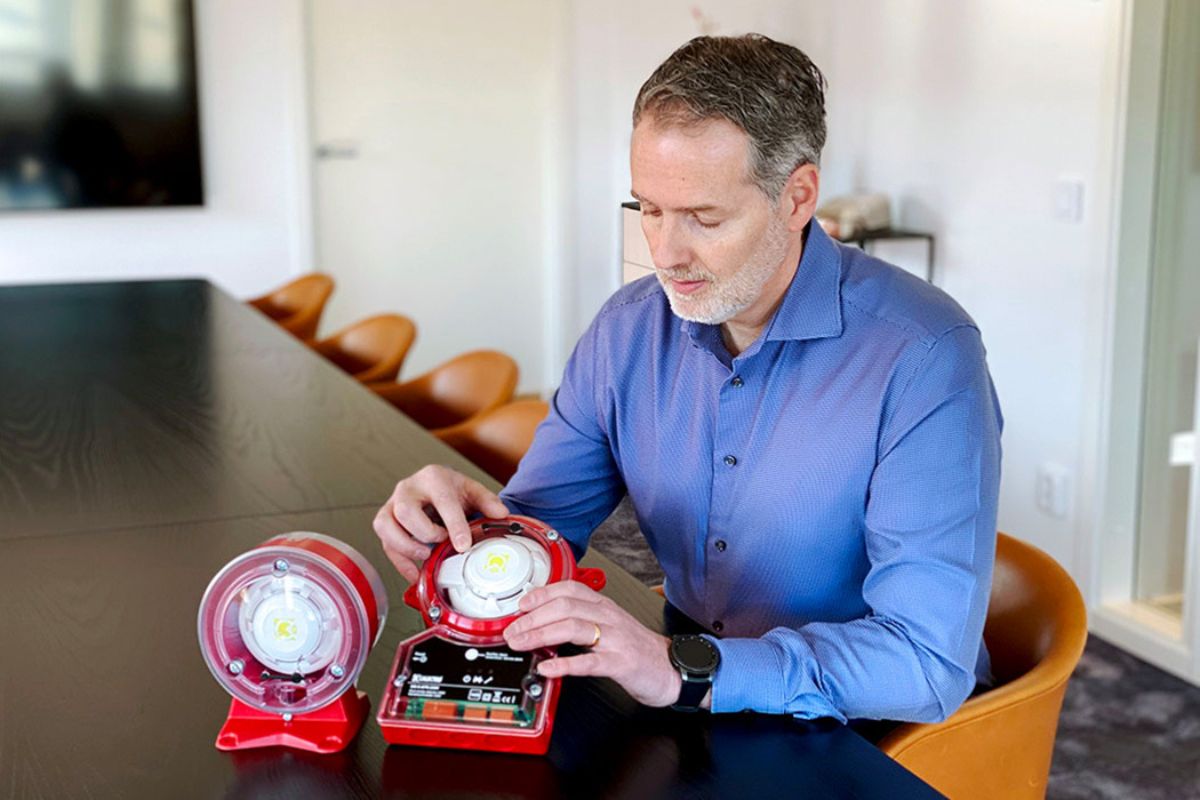

Articles
How To Adjust Smoke Detector Sensitivity
Modified: February 24, 2024
Learn how to adjust the sensitivity of smoke detectors with our informative articles. Keep your home safe and prevent false alarms with these expert tips.
(Many of the links in this article redirect to a specific reviewed product. Your purchase of these products through affiliate links helps to generate commission for Storables.com, at no extra cost. Learn more)
Introduction
Smoke detectors are an essential component of any home or building’s safety system. They provide early warning in the event of a fire, allowing occupants to evacuate quickly and preventing potential tragedies. One important aspect of maintaining the effectiveness of a smoke detector is adjusting its sensitivity.
Smoke detector sensitivity refers to the level at which the detector will be triggered by the presence of smoke or particles in the air. Adjusting the sensitivity ensures that the detector will respond appropriately in detecting even small amounts of smoke, while avoiding false alarms caused by cooking fumes or steam from hot showers.
Understanding how to adjust smoke detector sensitivity can be a valuable skill for homeowners and building managers. It allows for a customized approach to fire safety, based on the unique needs of the space. In this article, we will discuss the importance of adjusting smoke detector sensitivity, safety precautions to take before making any adjustments, and the step-by-step process of adjusting the sensitivity level.
Whether you are installing new smoke detectors or have existing ones in your home or building, understanding how to properly adjust their sensitivity can significantly enhance their performance and reliability.
Key Takeaways:
- Adjusting smoke detector sensitivity is crucial to minimize false alarms, customize for different environments, accommodate vulnerable occupants, comply with building codes, and enhance fire prevention.
- Prioritize safety precautions, follow the manufacturer’s manual, and test the smoke detector after adjustments to ensure optimal fire safety in your home or building.
Read more: How To Make A Smoke Detector Less Sensitive
Understanding Smoke Detector Sensitivity
Smoke detector sensitivity is determined by the level of smoke or particles in the air necessary to trigger the alarm. The sensitivity level can typically be adjusted on modern smoke detectors to suit different environments and avoid false alarms.
Smoke detectors work by detecting the presence of smoke or particles in the air. They often use either ionization or photoelectric technology to sense the presence of smoke. Ionization detectors utilize a small amount of radioactive material to ionize the air inside the detector, while photoelectric detectors use a light source and a sensor to detect changes in light patterns caused by airborne particles.
The sensitivity level of a smoke detector can be adjusted to ensure it will detect the appropriate amount of smoke in different settings. For example, in highly sensitive areas such as kitchens, it may be necessary to reduce the sensitivity to avoid false alarms triggered by cooking fumes. On the other hand, in areas where fires may develop slowly, such as bedrooms, it may be necessary to increase the sensitivity level to detect smoldering fires.
It is important to note that adjusting the sensitivity of a smoke detector should be done cautiously and within the guidelines provided by the manufacturer. Each smoke detector model may have specific instructions and recommendations for sensitivity adjustments. It is essential to consult the user manual or contact the manufacturer for proper guidance.
Regular maintenance and testing are also important to ensure that smoke detectors are functioning properly. This includes cleaning the detectors regularly to remove dust and debris, replacing batteries as needed, and testing the alarm function periodically.
By understanding the role of smoke detector sensitivity and how it can be adjusted, you can ensure that your smoke detectors are optimized for your specific environment, reducing the risk of false alarms and enhancing your overall fire safety measures.
Reasons to Adjust Smoke Detector Sensitivity
Adjusting the sensitivity of smoke detectors is critical to ensure their optimal performance in different settings. Here are some key reasons why you may need to adjust the sensitivity of your smoke detectors:
1. Minimize False Alarms: One of the primary reasons to adjust smoke detector sensitivity is to prevent false alarms. False alarms can be triggered by everyday activities like cooking or taking hot showers, where smoke or steam may temporarily increase in the air. By adjusting the sensitivity level, you can reduce the likelihood of unnecessary alarms while still ensuring the detector’s ability to detect actual fire incidents.
2. Customize for Different Environments: Different areas within a home or building may have varying smoke characteristics. For example, kitchens tend to have more smoke and cooking fumes, while bedrooms may have less smoke but a higher risk for slow-burning fires. By adjusting the sensitivity, you can customize the smoke detector to respond appropriately in each area, optimizing its effectiveness for specific fire risks.
3. Accommodate Vulnerable Occupants: Some individuals, such as the elderly or those with respiratory conditions, may be more sensitive or vulnerable to the effects of smoke. Adjusting the sensitivity of smoke detectors in areas where these individuals reside can provide them with extra time to evacuate and enhance their overall safety.
4. Comply with Building Codes: Building codes often require certain sensitivity levels for smoke detectors in different settings. For instance, commercial buildings or multi-story residential buildings may have specific guidelines to ensure consistent fire safety standards. Adjusting the sensitivity of smoke detectors helps meet these requirements and ensures compliance with local regulations.
5. Enhance Fire Prevention: Adjusting smoke detector sensitivity can play a role in early fire prevention. By fine-tuning the detectors’ sensitivity, potential fire hazards and smoldering fires can be detected earlier, giving occupants more time to react and potentially prevent small incidents from escalating into larger fires.
It is important to note that any adjustments made to the sensitivity level of smoke detectors should be done with caution. Always refer to the manufacturer’s guidelines and consult professionals if needed to ensure proper adjustment and adherence to safety standards.
By understanding the reasons to adjust smoke detector sensitivity, you can optimize your fire safety measures and minimize false alarms, while ensuring effective fire detection in various environments.
Safety Precautions before Adjusting Smoke Detector Sensitivity
Before making any adjustments to the sensitivity of smoke detectors, it is important to follow certain safety precautions to ensure the well-being of both yourself and your property. Here are some essential safety measures to consider:
1. Read the Manufacturer’s Manual: Familiarize yourself with the specific instructions provided by the smoke detector manufacturer regarding sensitivity adjustments. Each detector may have unique requirements and recommendations, so it is crucial to read the manual thoroughly to understand the correct procedure.
2. Turn Off Power: Before accessing the smoke detector or making any adjustments, turn off the power to the circuit connected to the smoke detector. This can be done by switching off the corresponding breaker in the electrical panel. This step will prevent any electrical shock or damage during the adjustment process.
3. Wear Protective Gear: It is advisable to wear protective gear, such as gloves and safety goggles, when handling and adjusting smoke detectors. This will help protect you from any possible hazards and ensure your safety while working with electrical components.
4. Ensure Adequate Lighting: Make sure the area where the smoke detector is located is well-lit. Sufficient lighting will allow you to clearly see the adjustment controls and ensure accurate adjustments without any accidental damage.
5. Use Proper Tools: When adjusting the sensitivity, use the correct tools recommended by the manufacturer. These tools may include a screwdriver or a small adjustment tool provided with the detector. Avoid using excessive force or using improper tools, as this can cause damage to the detector.
6. Take Note of Current Sensitivity Level: Before making any adjustments, take note of the current sensitivity level of the smoke detector. This will help you track changes and revert to the previous setting if necessary.
7. Test the Smoke Detector: Before and after making any adjustments, it is crucial to test the smoke detector to ensure it is functioning correctly. Follow the manufacturer’s instructions on how to test the alarm feature to confirm its proper operation.
8. Consult a Professional: If you are unsure or uncomfortable with adjusting the sensitivity of your smoke detectors, consider consulting a professional electrician or contacting the manufacturer’s support for guidance. They can provide expert advice and assistance to ensure the adjustments are done correctly.
By following these safety precautions, you can minimize the risk of accidents, electrical issues, and damage to the smoke detectors while adjusting their sensitivity levels. Prioritize safety at all times to protect yourself and your property during the adjustment process.
Regularly clean your smoke detector to prevent dust and debris from affecting sensitivity. Follow manufacturer’s instructions for proper cleaning and maintenance.
Steps to Adjust Smoke Detector Sensitivity
Adjusting the sensitivity of smoke detectors can be done with proper care and following a step-by-step process. Here are the general steps to guide you through the adjustment process:
1. Turn Off Power: Begin by turning off the power to the smoke detector circuit. This can be done by switching off the corresponding breaker in the electrical panel. This step is crucial to prevent any electrical shock while working on the detector.
2. Remove the Smoke Detector: Carefully detach the smoke detector from its mounting bracket or base. Most detectors can be easily twisted or pulled off from the mounting mechanism. Be cautious not to damage any wires or components during this step.
3. Locate the Sensitivity Adjustment: Once the smoke detector is removed, locate the sensitivity adjustment controls on the detector. These controls may be in the form of dials, buttons, or switches and are typically labeled or indicated in the manufacturer’s manual.
4. Consult the Manufacturer’s Manual: Refer to the manufacturer’s manual to understand the specific procedure and recommended settings for adjusting the sensitivity of the smoke detector. The manual will provide detailed instructions on how to modify the sensitivity according to the specific model.
5. Make Small Adjustments: Use the appropriate tool, such as a screwdriver or adjustment tool, to make small adjustments to the sensitivity level. It is recommended to start with minor increments or decrements to avoid drastic changes that may lead to false alarms or reduced fire detection capabilities.
6. Test the Smoke Detector: After making the adjustments, reattach the smoke detector to its mounting bracket or base. Restore the power to the circuit by switching on the corresponding breaker. Test the smoke detector’s functionality by pressing the test button or by using a smoke source that is safe and approved for testing purposes.
7. Observe and Fine-Tune: Observe the smoke detector’s response to the test. If the alarm is triggered too easily or fails to detect smoke, you may need to readjust the sensitivity level. Fine-tune the sensitivity until you achieve the desired response from the detector.
8. Record the Adjusted Sensitivity: Once you are satisfied with the sensitivity adjustment, make a note of the new setting for future reference. This will allow you to monitor and maintain the sensitivity level of the smoke detector over time.
9. Reinstall the Smoke Detector: Finally, securely reattach the smoke detector to its mounting bracket or base. Ensure all connections are tight and the detector is properly aligned.
Remember, these steps provide a general guideline and may vary depending on the specific smoke detector model. Always consult the manufacturer’s manual for accurate instructions and follow all safety precautions to prevent any damage or accidents during the adjustment process.
Read more: How To Adjust Sensitivity On Ring Doorbell
Testing the Smoke Detector after Adjustments
After adjusting the sensitivity of your smoke detector, it is essential to test its functionality to ensure it is working correctly. Testing the smoke detector after adjustments will give you peace of mind knowing that it will effectively detect smoke and provide an early warning in the event of a fire. Here are the steps to properly test your smoke detector:
1. Prepare a Smoke Source: Prepare a safe and approved smoke source for testing purposes. Avoid using materials that can produce harmful or toxic smoke. Some suitable options include commercially available smoke testing aerosols or by safely burning a small amount of paper or incense.
2. Notify Occupants: Inform the occupants of the building or household members about the scheduled smoke detector test to avoid any unnecessary panic or confusion.
3. Clear the Area: Make sure the immediate area around the smoke detector is clear of any obstructions or objects that may interfere with the smoke’s reach and detection.
4. Activate the Smoke Source: Carefully follow the instructions provided with the smoke testing aerosol or the burning material. Ensure you generate enough smoke to activate the detector without overwhelming it.
5. Observe the Detector’s Response: As the smoke detector is exposed to the smoke source, observe its response. The smoke detector should activate within a few seconds of exposure to the smoke. The alarm should sound loudly, and any connected monitoring systems should be triggered. If the smoke detector does not respond, double-check the connections and sensitivity adjustments.
6. Confirm Audible Alarms: Ensure that the audible alarm from the smoke detector is loud and clearly audible throughout the space where the detector is installed. This will ensure that occupants can hear the alarm and respond swiftly in case of a real fire emergency.
7. Reset the Smoke Detector: Once you have completed the testing, reset the smoke detector using the reset button or by restoring power to the circuit if applicable. This step ensures that the smoke detector is ready to detect smoke and trigger an alarm when necessary.
8. Document the Test: Keep a record of the date and results of the smoke detector test. This documentation will help you track the testing frequency and ensure regular maintenance of the smoke detectors.
Testing your smoke detector after adjusting sensitivity is vital to ensure its proper functioning and reliability. Regular testing, typically done every month, will help identify any issues and allow for timely maintenance or replacement if needed. Always consult the manufacturer’s instructions for specific testing procedures and follow safety precautions when conducting tests.
Troubleshooting Common Issues with Adjusting Smoke Detector Sensitivity
While adjusting the sensitivity of your smoke detector is crucial for optimal performance, you may encounter some common issues during the process. It’s important to troubleshoot and resolve these issues to ensure that your smoke detector functions properly. Here are some common issues you may encounter and how to address them:
1. False Alarms: If you find that adjusting the sensitivity causes frequent false alarms, try restoring the sensitivity to the default level. Then, gradually increase or decrease the sensitivity in smaller increments until you achieve the desired balance between detecting actual smoke and avoiding false alarms. Additionally, ensure that the location of the smoke detector is appropriate and away from sources of interference, such as kitchens or bathrooms.
2. Alarm Does Not Activate: If the alarm fails to activate during the sensitivity adjustment, first check if the smoke source used for testing is appropriate and generating enough smoke to trigger the detector. Ensure that the smoke detector is securely connected to its base or mounting bracket and that the power supply is intact. If the issue persists, consult the manufacturer’s manual for troubleshooting steps or contact customer support for assistance.
3. Inconsistent Alarm Activation: If the alarm activates inconsistently, it could indicate a problem with the detector’s internal components or a loose connection. Check for any loose wires or faulty connections and ensure that the smoke detector is properly installed according to the manufacturer’s instructions. If the issue persists, consider replacing the smoke detector with a new one.
4. Noisy or Malfunctioning Alarm: If the smoke detector emits an intermittent beeping sound or shows signs of malfunctioning after adjusting the sensitivity, check the battery level and replace it if necessary. It is also essential to ensure that the detector is free of dust, debris, or any obstructions that may interfere with its operation. Cleaning the detectors regularly and performing routine maintenance can prevent potential issues.
5. Erratic Sensitivity Adjustment: If you are unable to adjust the sensitivity or notice that the adjustments have no effect on the detector’s performance, it may indicate a malfunction or a compatibility issue. Ensure that you are using the correct adjustment method specified by the manufacturer. If the problem persists, contact the manufacturer’s customer support for further assistance.
6. No Power Supply: If you find that the smoke detector has no power supply after making adjustments, check the circuit breaker or fuse box to verify that power is flowing to the detector. If the issue persists, consult an electrician to inspect and resolve any electrical wiring problems.
Remember, if you encounter issues that you cannot troubleshoot or resolve on your own, it is recommended to seek professional assistance from the smoke detector manufacturer or a qualified electrician. Regular maintenance, cleaning, and testing of your smoke detectors will help ensure their reliability and enhance the overall fire safety of your home or building.
Conclusion
Adjusting the sensitivity of your smoke detectors is a crucial step in ensuring optimal fire safety in your home or building. By understanding smoke detector sensitivity and following the proper steps for adjustment, you can customize your detectors to suit different environments and reduce the risk of false alarms while maintaining their ability to detect actual fire incidents.
Throughout this article, we’ve discussed the importance of adjusting smoke detector sensitivity and the various reasons why it may be necessary. From minimizing false alarms to complying with building codes and enhancing fire prevention, adjusting sensitivity allows for a tailored approach to fire safety.
However, it is essential to approach adjusting sensitivity with caution. Be sure to consult the manufacturer’s manual for specific instructions and safety precautions. Taking the time to read the manual and follow the recommended procedures will ensure that you make the proper adjustments without compromising the effectiveness of your smoke detectors.
Testing the smoke detector after adjusting its sensitivity is crucial to confirm its functionality. Regular testing, along with routine maintenance, will help identify any issues and ensure the detectors are ready to detect smoke and provide early warnings when needed.
If you encounter any difficulties or issues during the adjustment process, troubleshoot the problem or seek assistance from the manufacturer or a qualified electrician. Your safety should always come first, so it’s essential to address any concerns promptly and ensure the proper functioning of your smoke detectors.
Remember, fire safety is everyone’s responsibility. By understanding and actively managing the sensitivity of your smoke detectors, you can contribute to creating a safer environment for yourself, your loved ones, and your property.
Stay vigilant, conduct regular maintenance, and adjust the sensitivity of your smoke detectors as needed to enhance your fire safety measures and provide an added layer of protection against potential fire hazards.
Frequently Asked Questions about How To Adjust Smoke Detector Sensitivity
Was this page helpful?
At Storables.com, we guarantee accurate and reliable information. Our content, validated by Expert Board Contributors, is crafted following stringent Editorial Policies. We're committed to providing you with well-researched, expert-backed insights for all your informational needs.
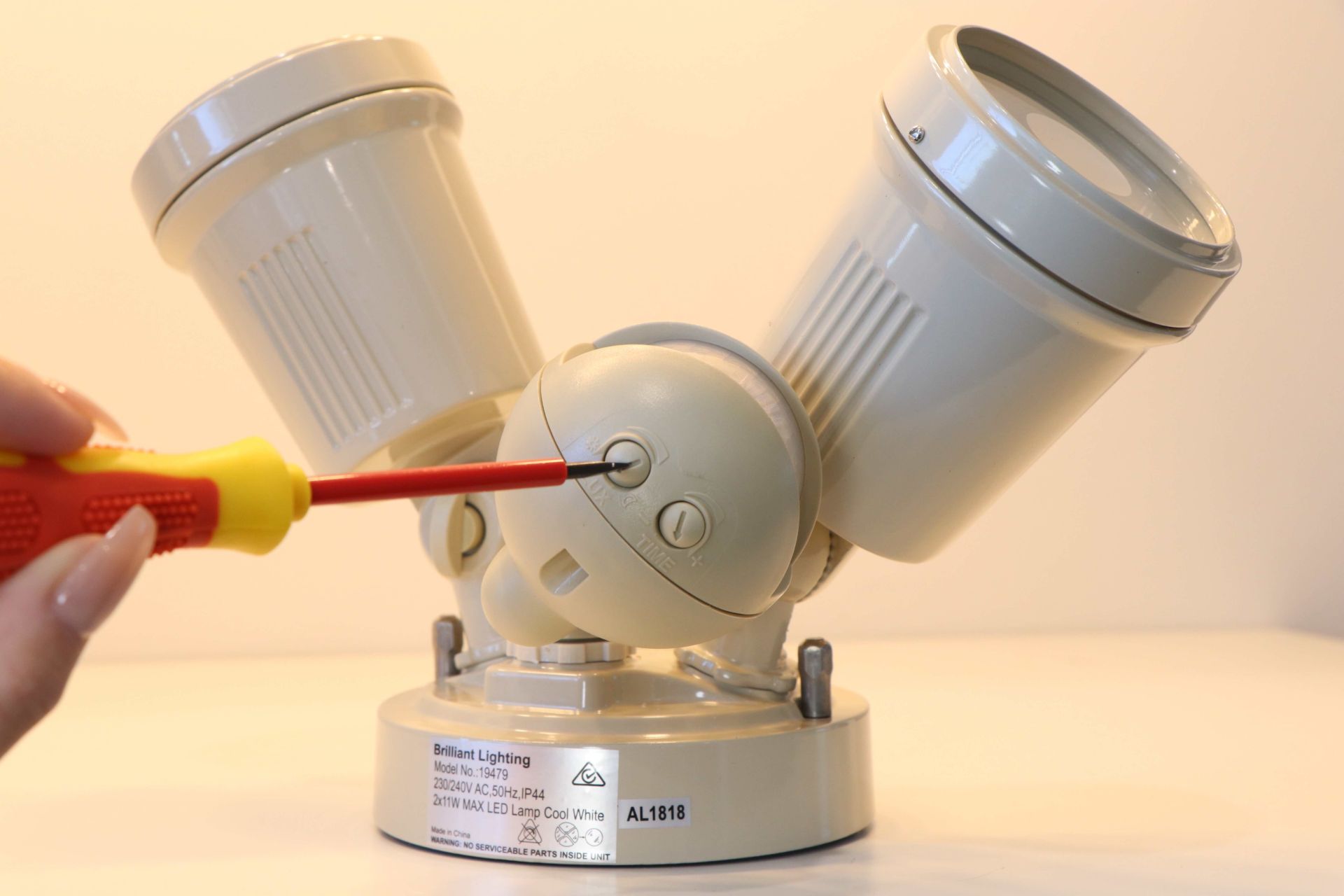
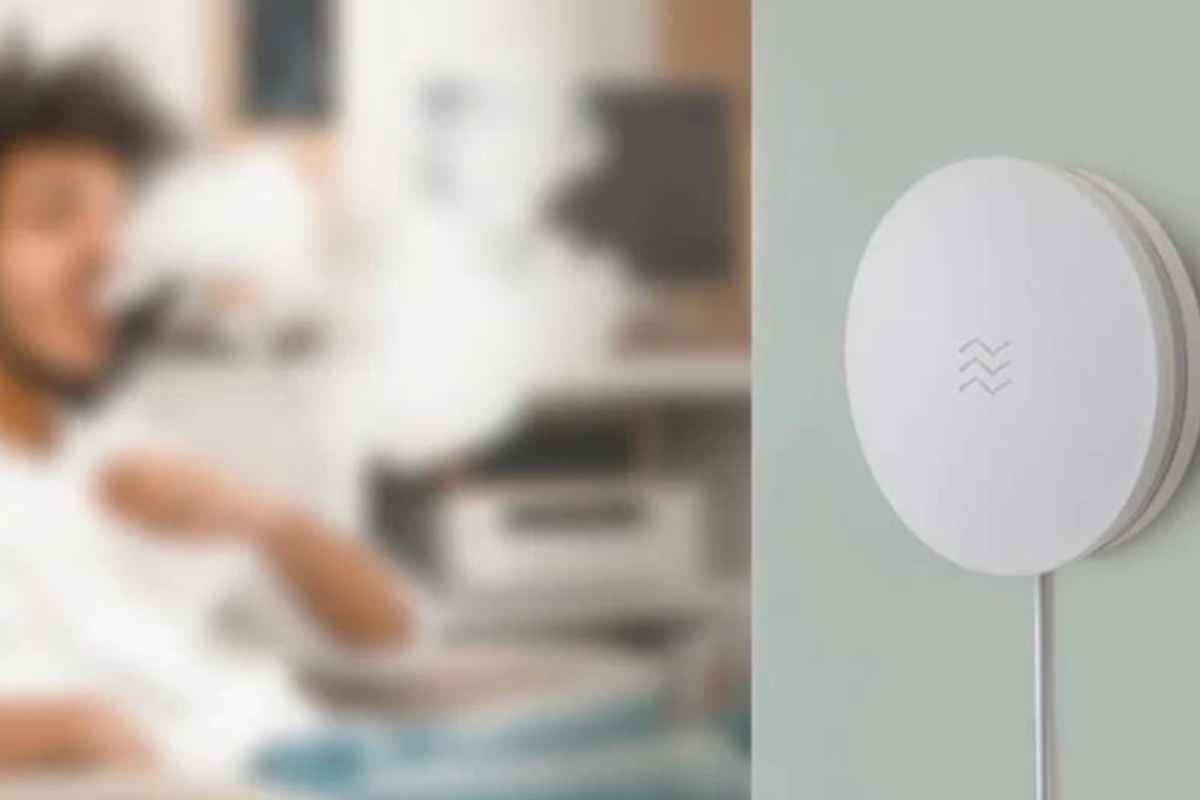
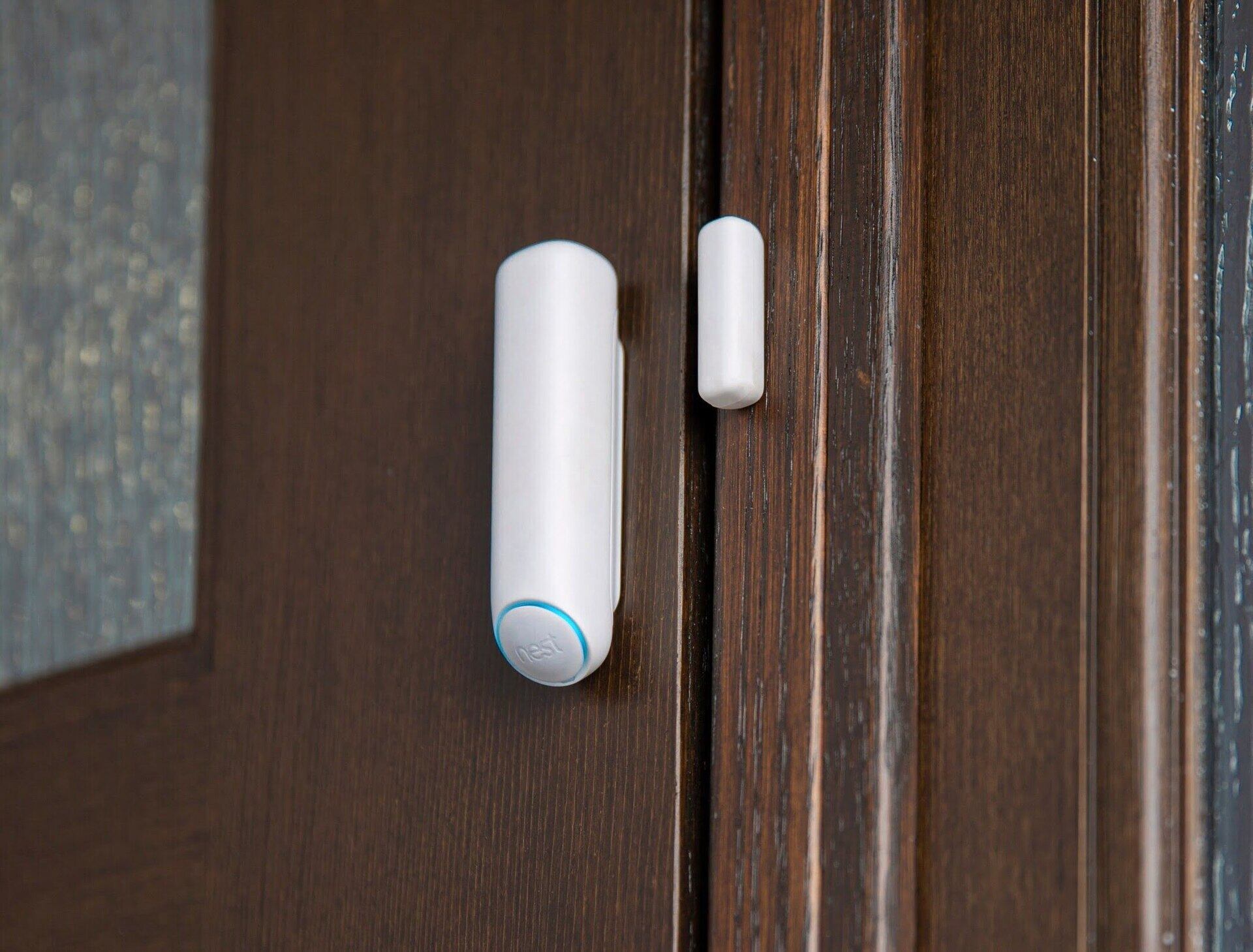
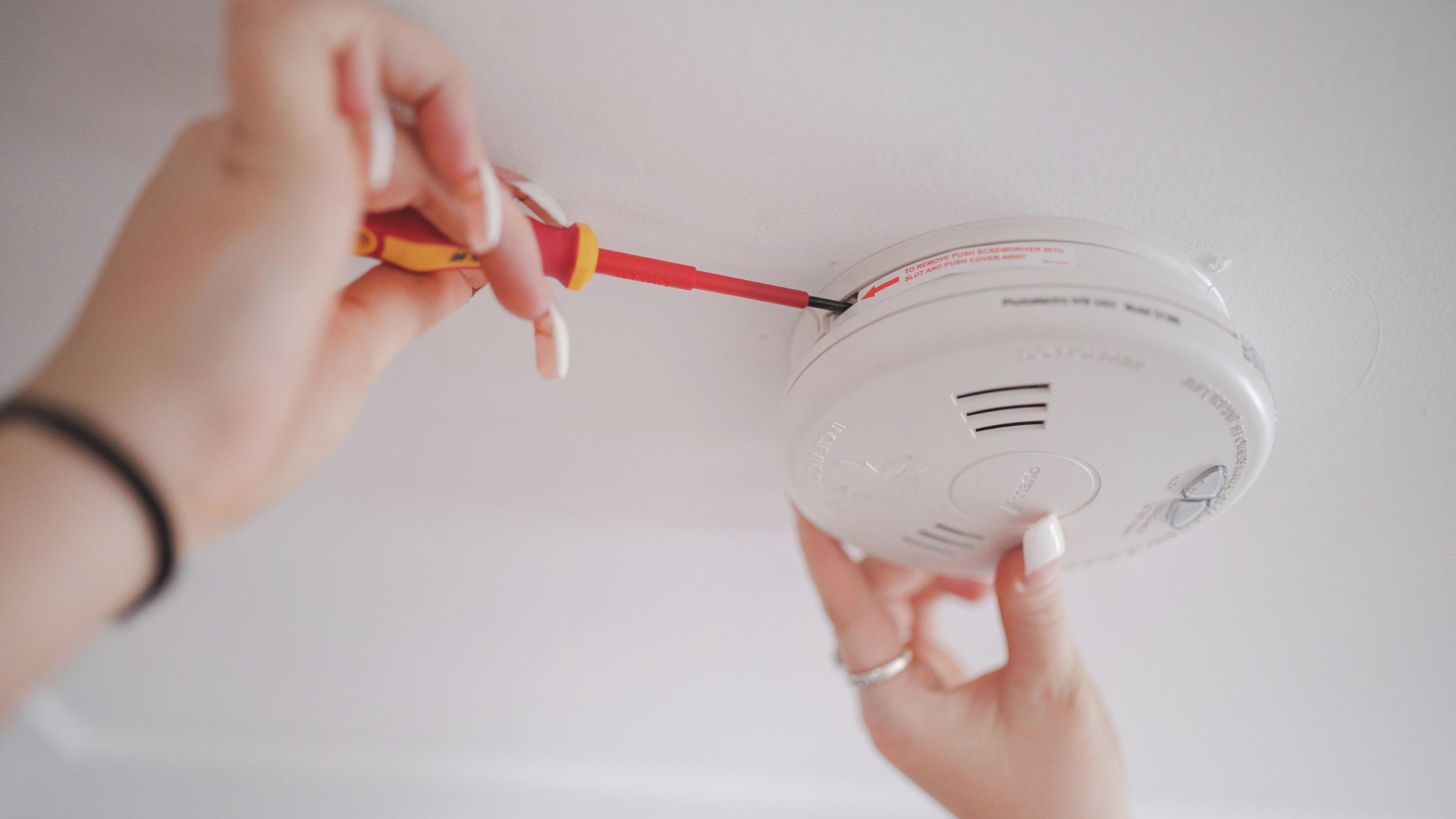
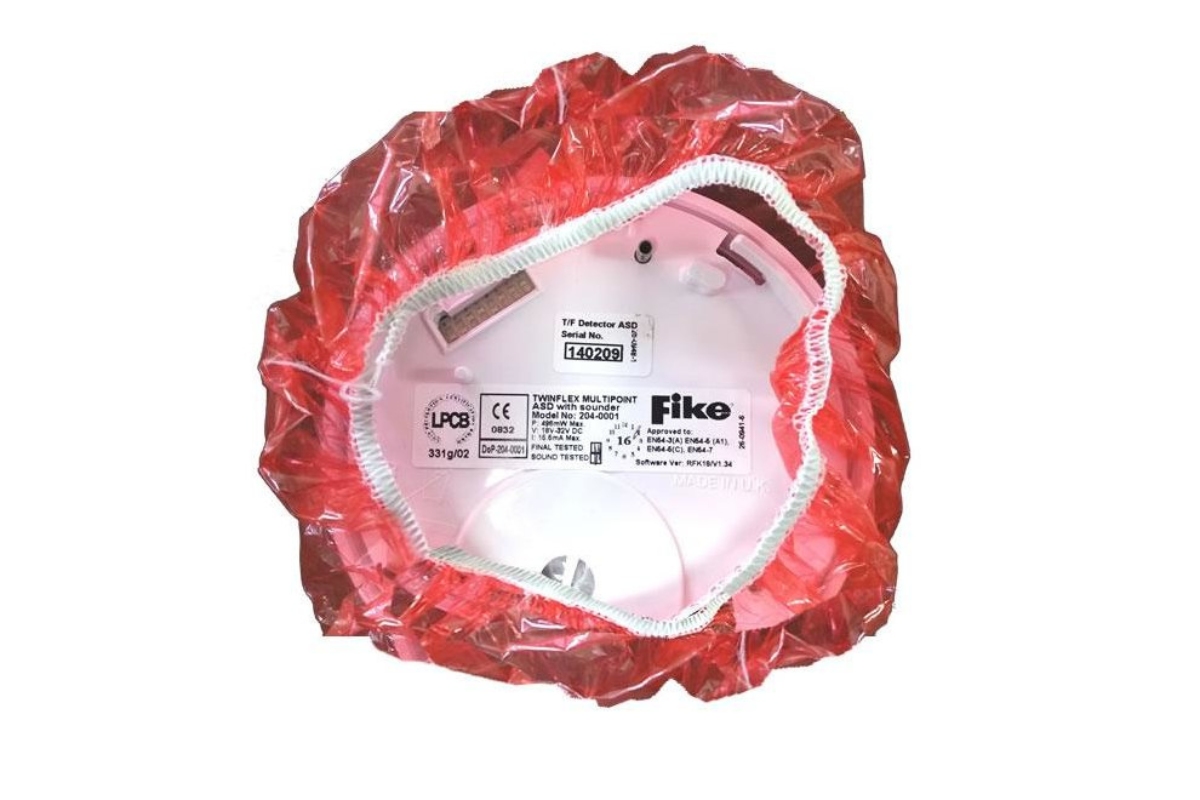
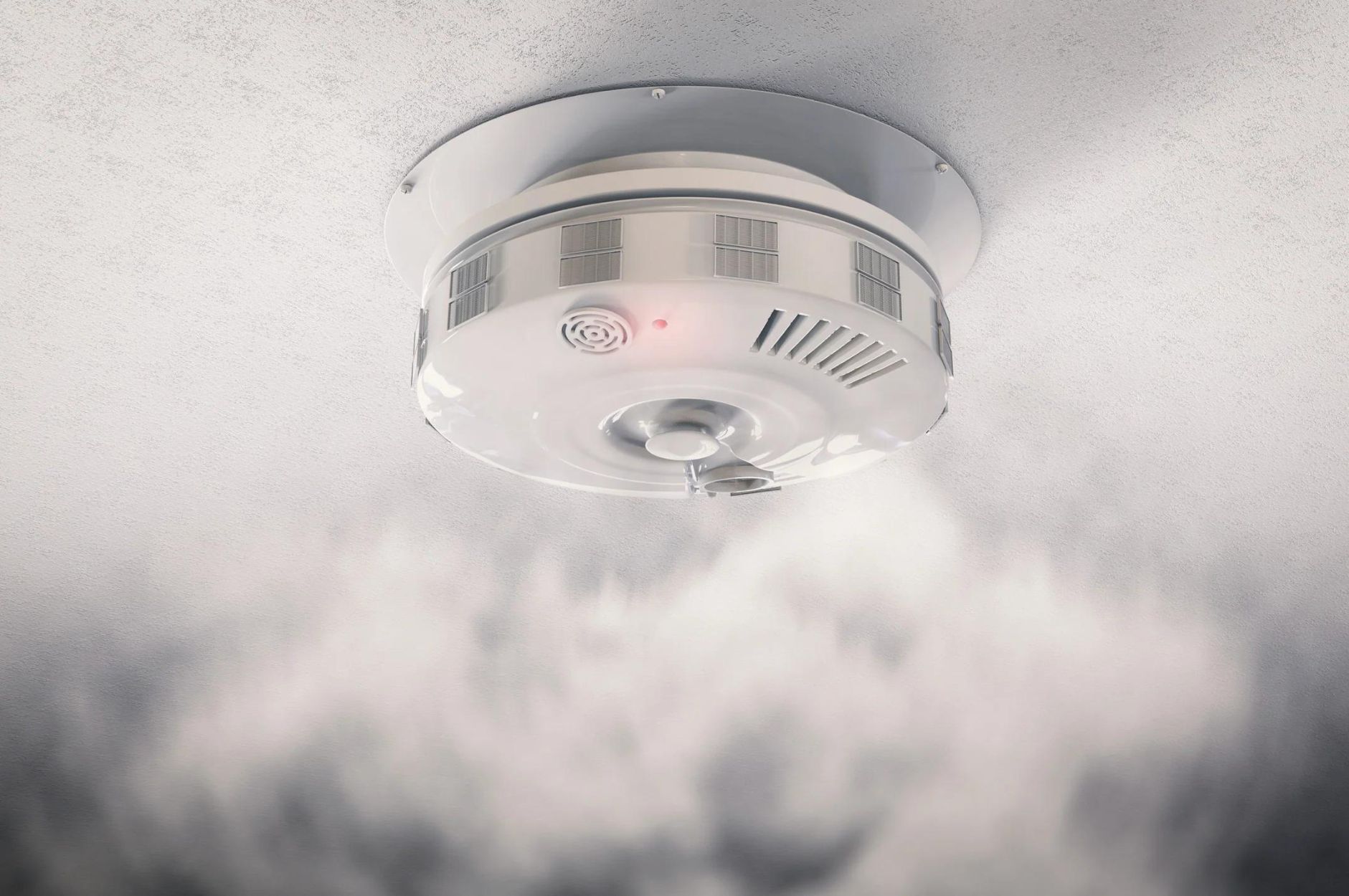
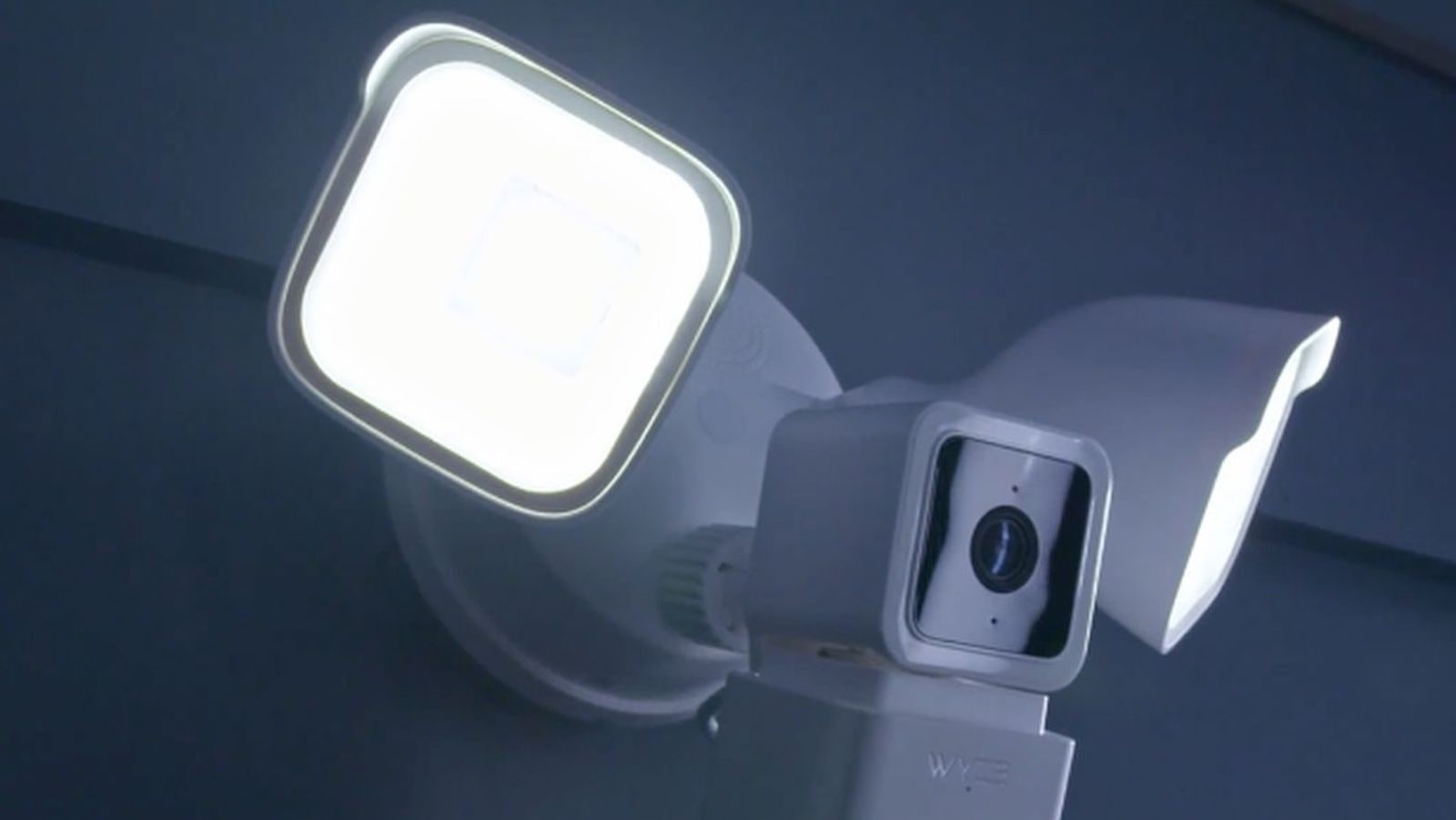
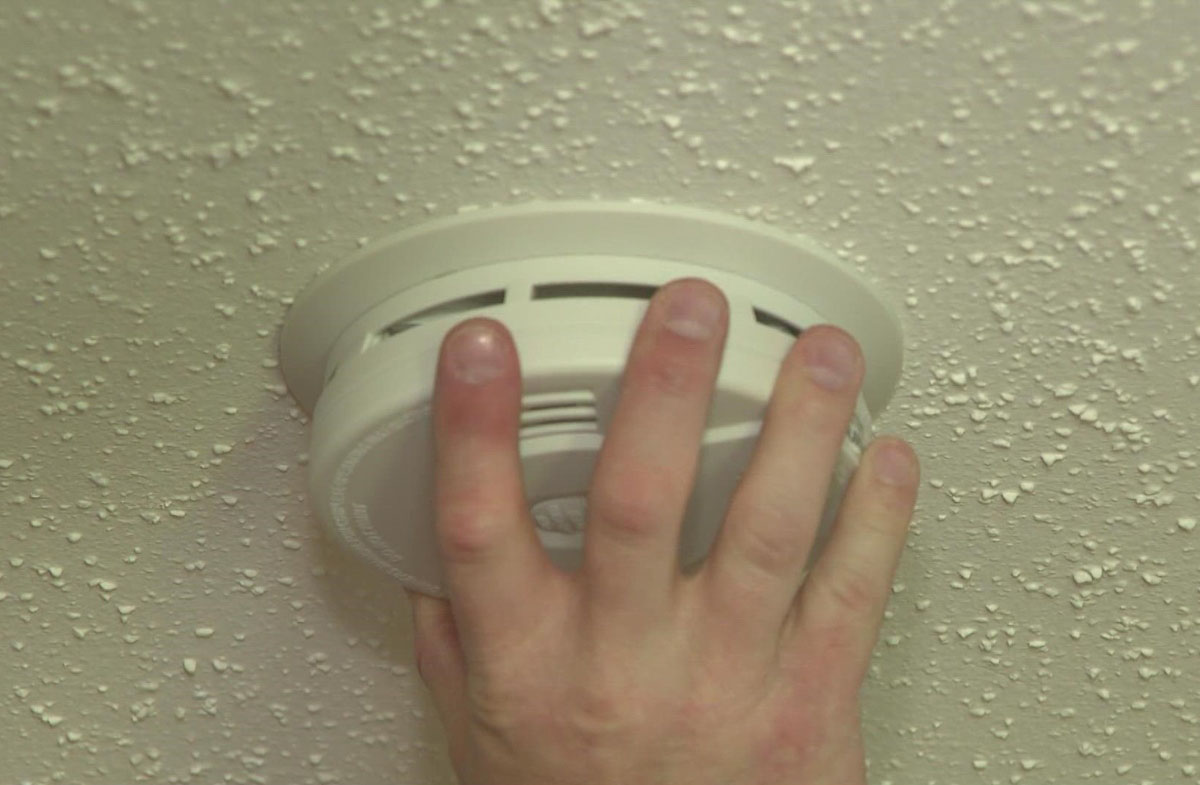
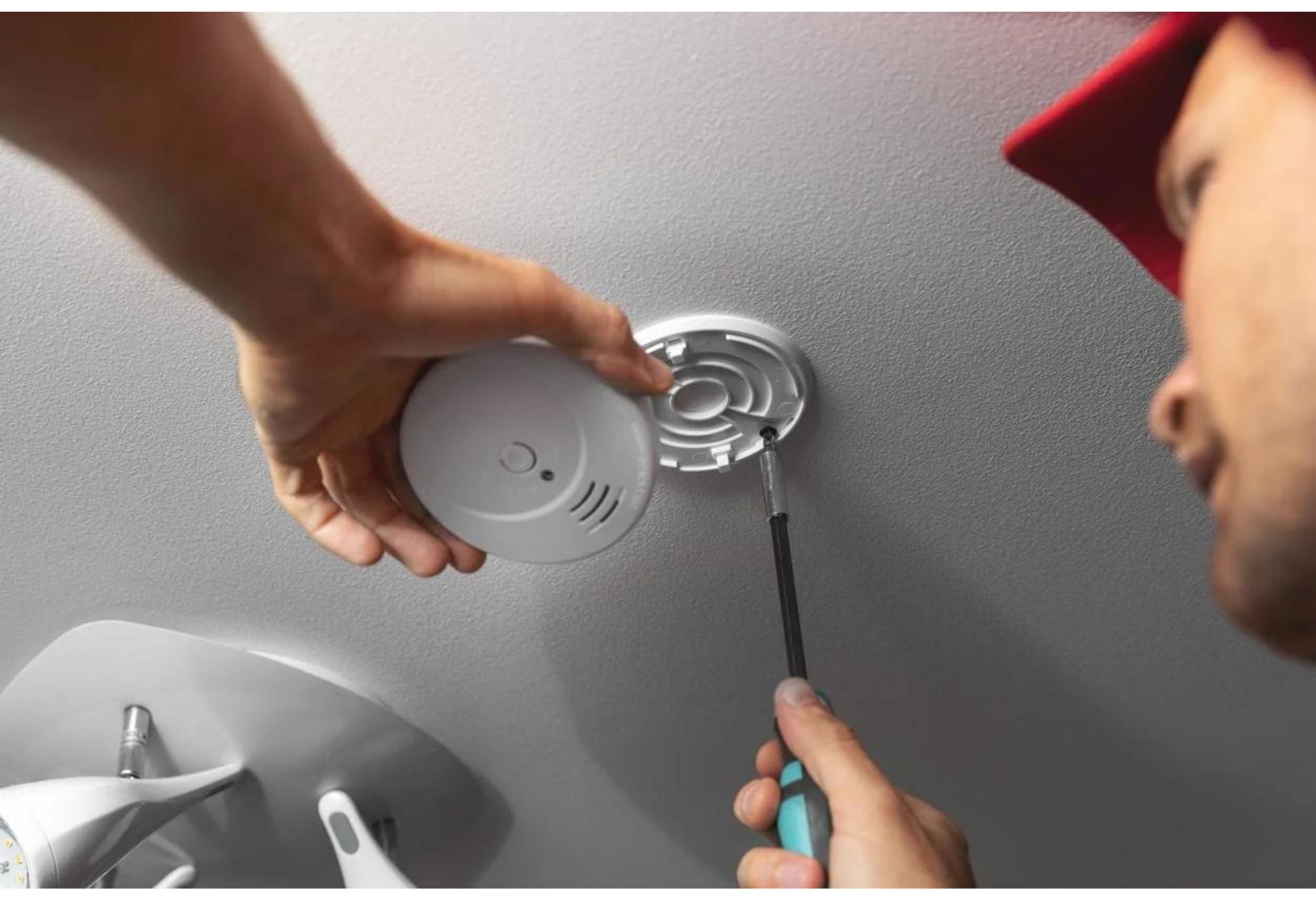
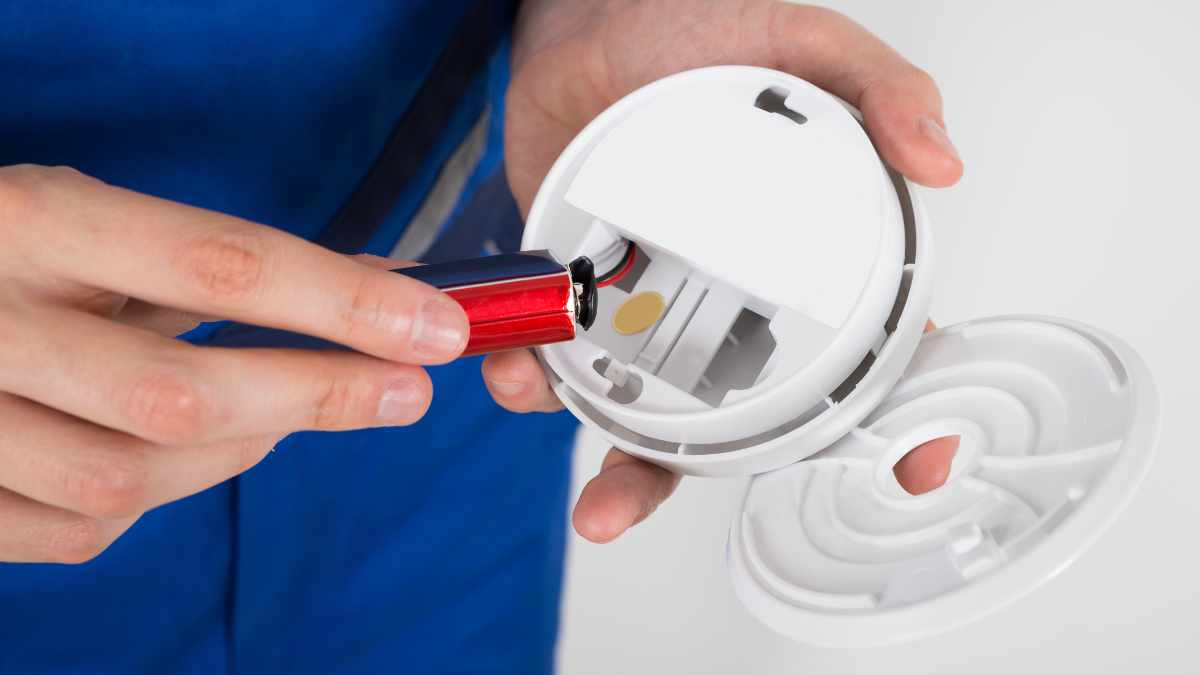
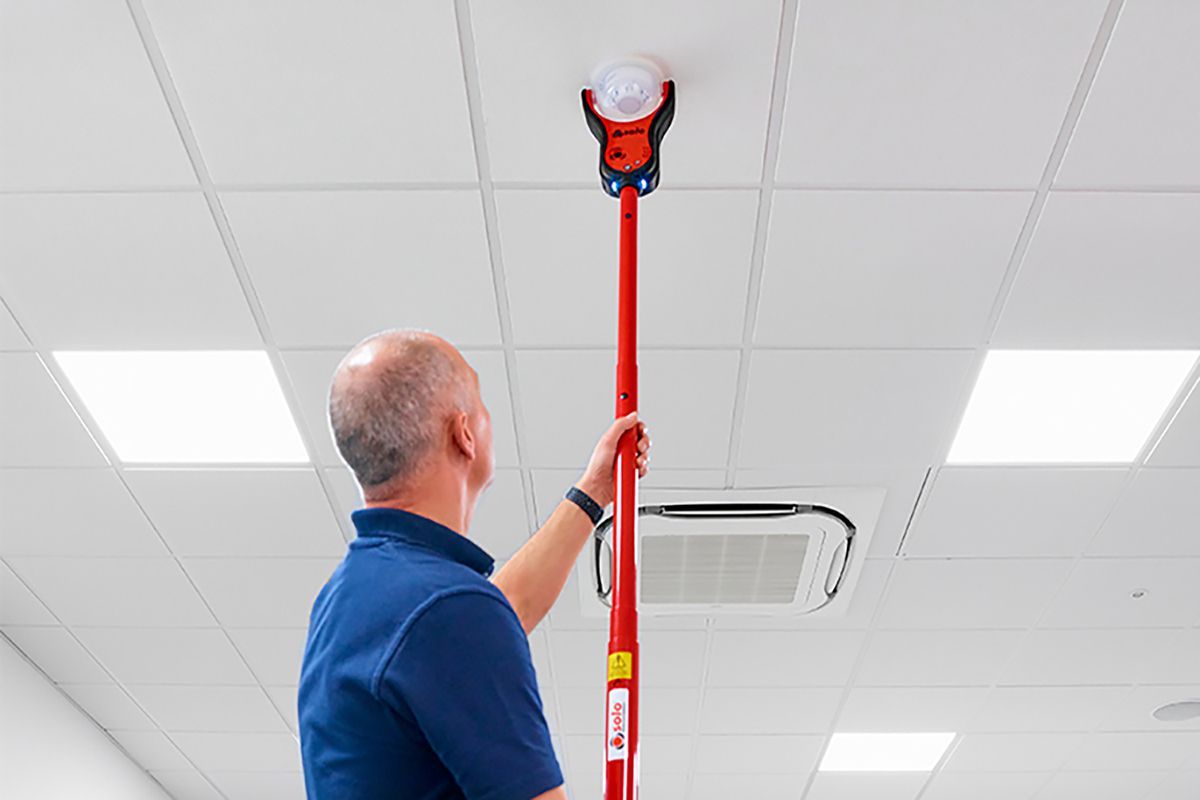
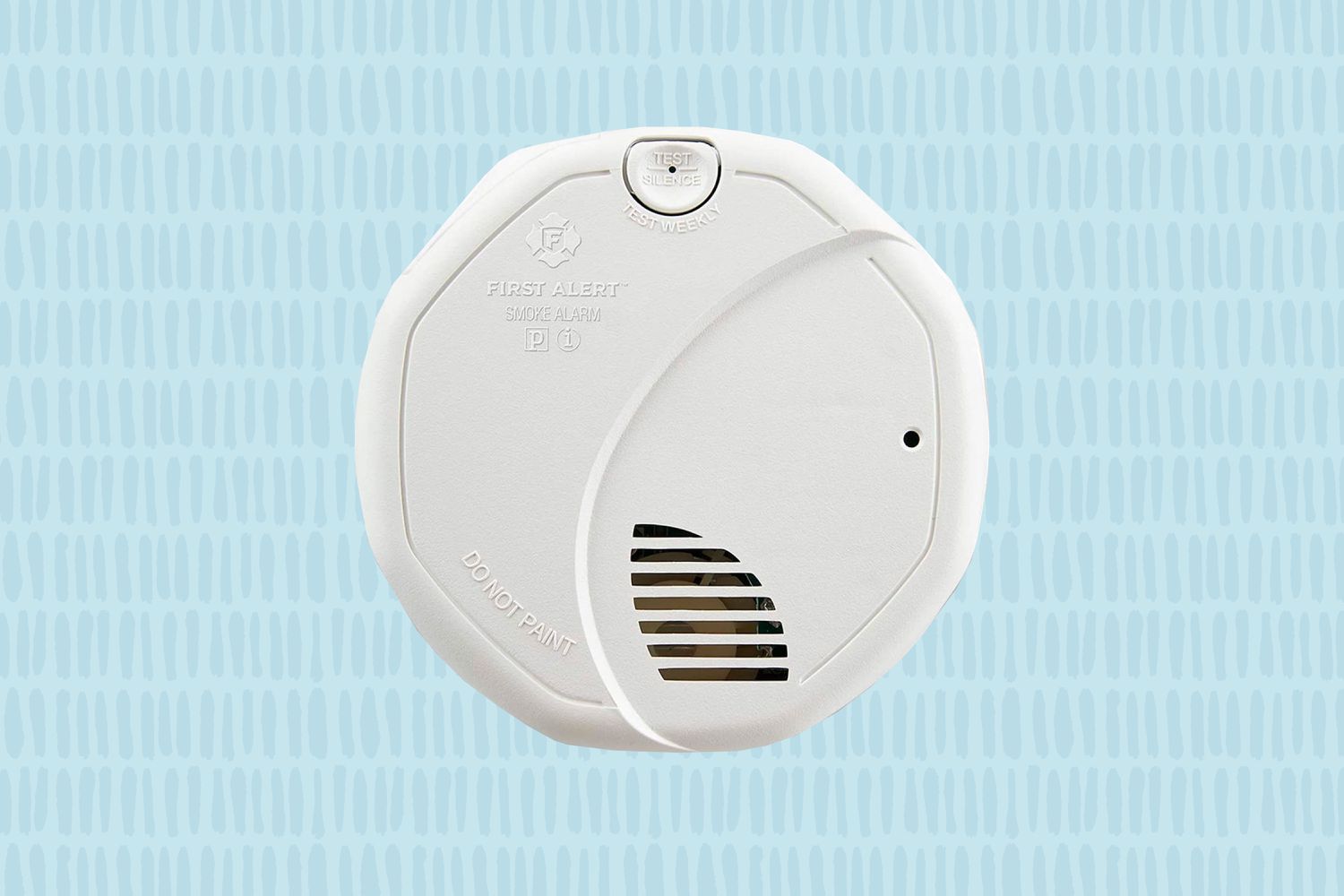
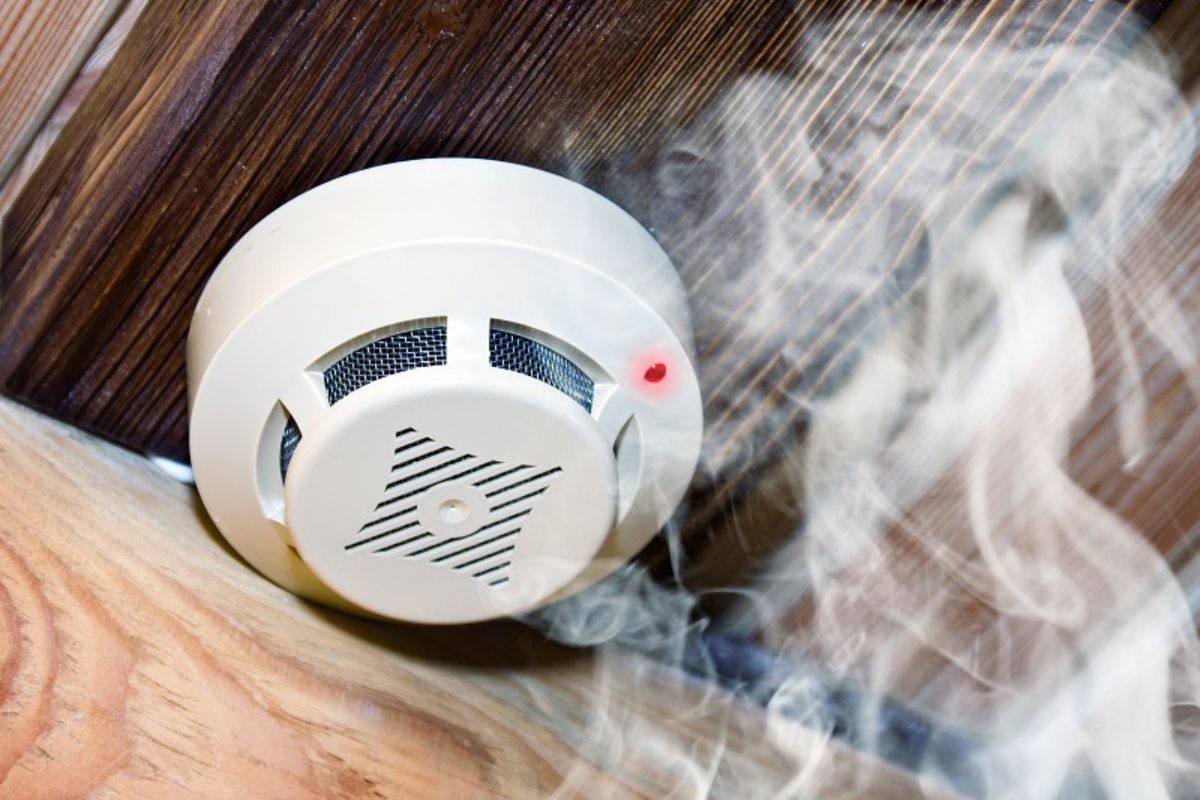
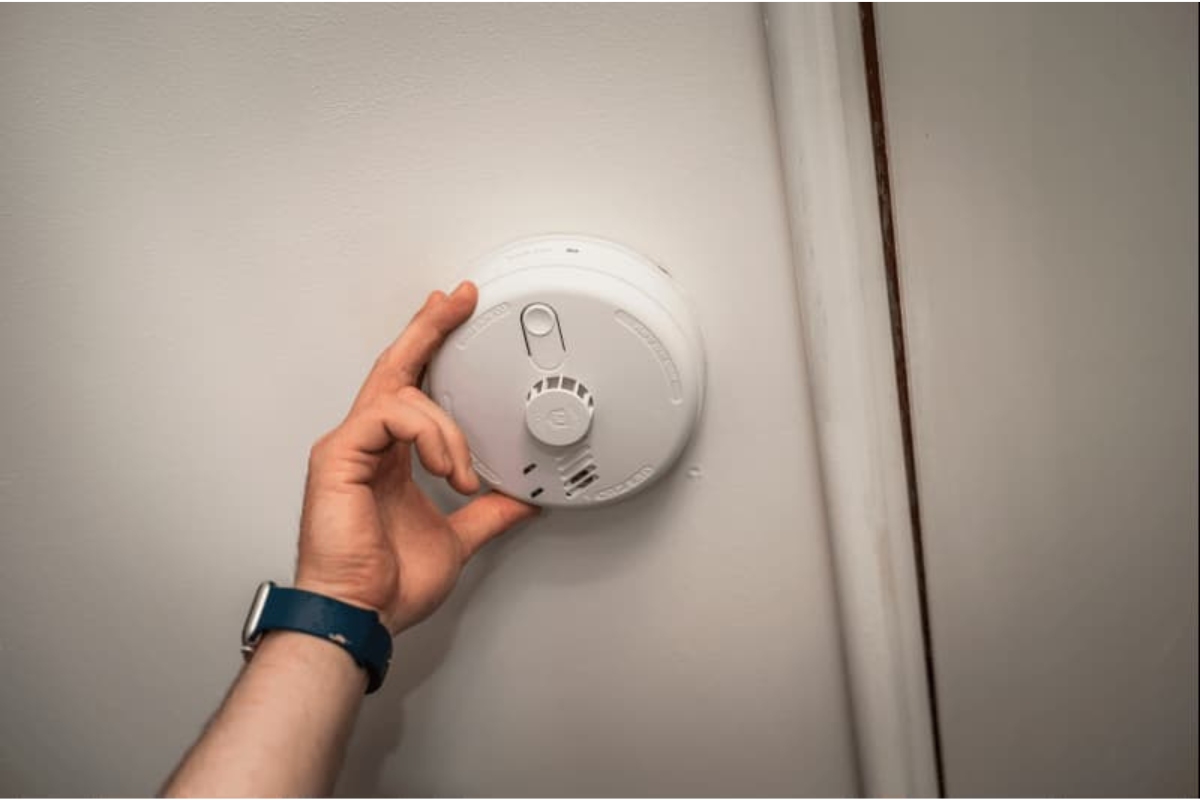

0 thoughts on “How To Adjust Smoke Detector Sensitivity”